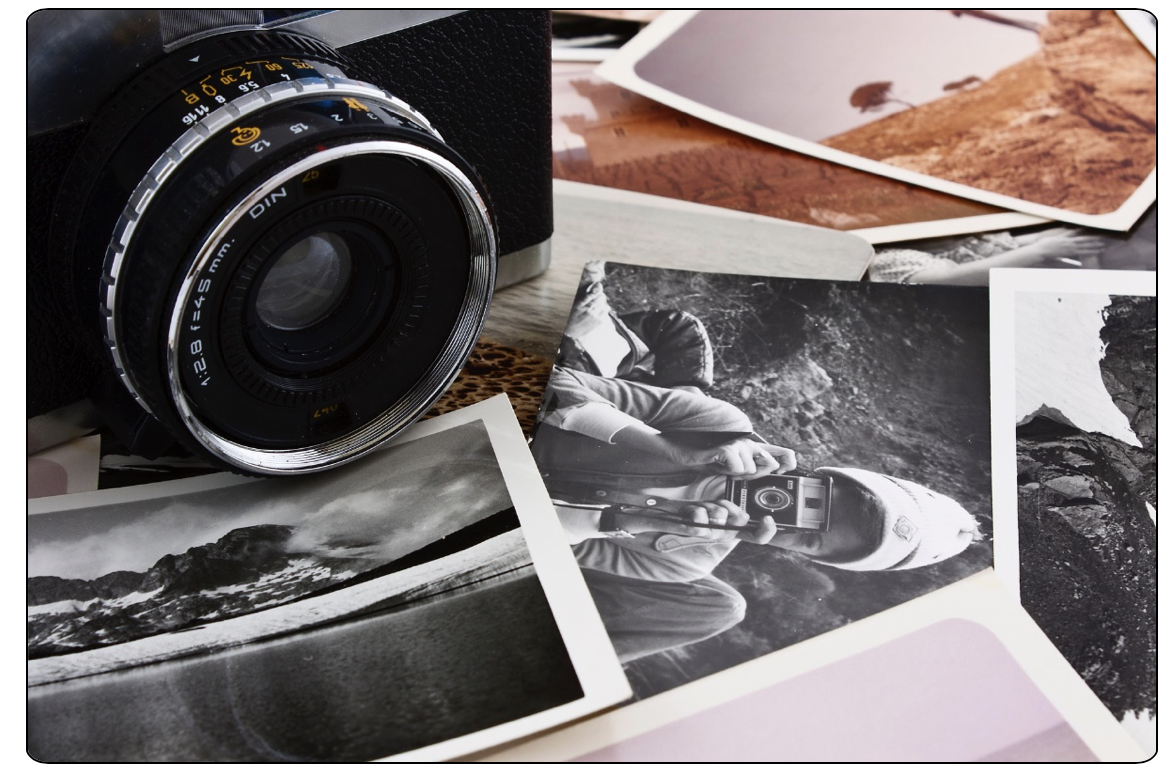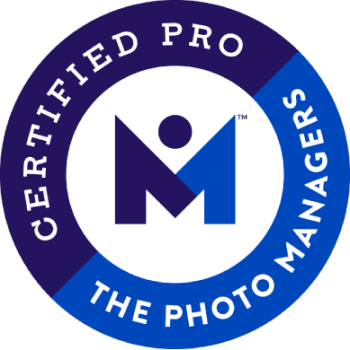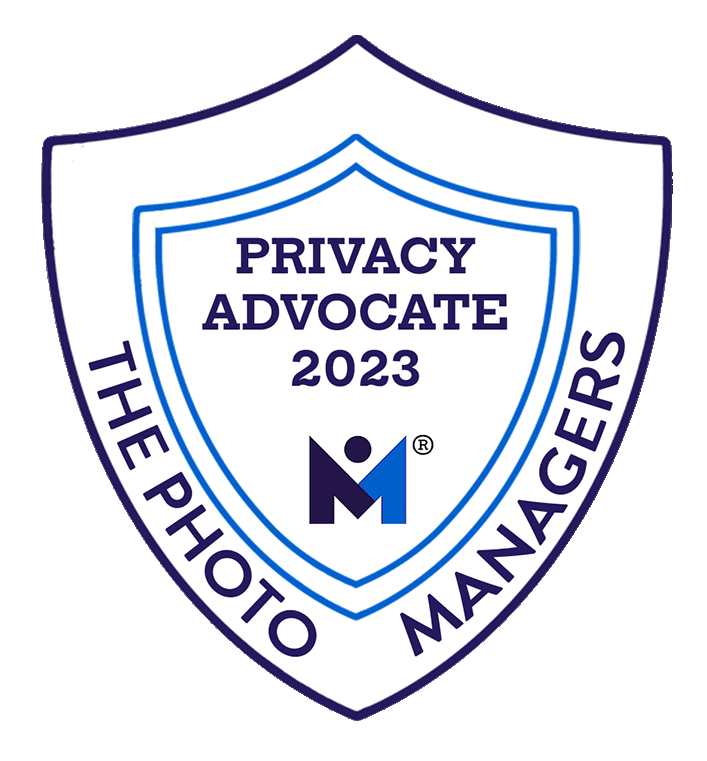4 Simple Tips to Help You Preserve Your Family Photos

I want to share 4 simple tips to help you preserve your family photos. I understand how valuable your cherished memories are. I’m here to help you navigate the journey of preserving your family photo and video collection.
To guide you through this process, let’s explore the 4 Ds of photo collection management (courtesy of our friends at Archival Methods). These essential steps will facilitate organizing your collection while ensuring its long-term preservation.
1. Deciding What to Keep:
With the abundance of digital and physical photos and videos, it can be overwhelming to curate and decide what to preserve and what to let go of. To start, categorize your collection into meaningful groups or events.
Consider the emotional significance, clarity, and uniqueness of each item. By curating your family photos, you’ll be able to focus on the moments that truly matter.
2. Documenting What You Know:
Preserve and curate the stories behind your photos and videos by documenting key details. This can include dates, locations, names of individuals, and any other relevant information.
By capturing these details, you’ll ensure that future generations understand the significance of these memories. Jotting down, or recording audio / video of family member’s anecdotes and reflections will add an extra layer of depth to your family photos. These files can be saved along with your digital images.
3. Digitizing and Backing Up:
Digitization is a crucial step in the preservation of your memories.
Convert your physical prints, slides, and videos into digital formats to protect them from degradation and loss. Our high-quality scanning services can help you achieve this step with ease.
Additionally, establishing a robust backup system is essential. Store your curated digital files via the 3-2-1 method: 3 copies of your collection, with 2 types of storage (such as one on your computer’s hard drive and another on an external hard drive), and one copy stored off site, such as in the cloud.
This triple redundancy will help safeguard your memories from any unforeseen circumstances…such as unexpected severe weather.
4. Determining a Storage Plan:
Choosing the right storage method is vital for the long-term preservation of your collection. Physical prints and memorabilia should be stored in acid-free, archival-quality albums or boxes to protect them.
When it comes to digital files, organizing them into well-structured folders and using professional photo management software can make retrieval effortless.
Regularly update your storage system and make it a habit to back up your files to ensure the safely of your collection.
Remember, curating your family photos isn’t just about decluttering; it’s about preserving the stories that define your family’s legacy.
We’d be honored to be your partner in this journey and are committed to helping you create a treasured collection that will be cherished for generations to come.
Recent Posts
Archives
- February 2024
- January 2024
- December 2023
- November 2023
- October 2023
- September 2023
- July 2023
- June 2023
- March 2023
- February 2023
- January 2023
- October 2022
- September 2022
- August 2022
- July 2022
- May 2022
- March 2022
- February 2022
- December 2021
- June 2021
- April 2021
- February 2021
- January 2021
- December 2020
- November 2020
- October 2020
- September 2020
- August 2020
- June 2020
- May 2020
- April 2020
- February 2020
- January 2020
- December 2019
- November 2019
- August 2019
- July 2019
- June 2019
- May 2019
- April 2019
- March 2019
- February 2019
- January 2019
- December 2018
- November 2018
- September 2018
- July 2018
- June 2018
- May 2018
- April 2018
- March 2018
- February 2018
- January 2018
- December 2017
- November 2017
- October 2017
- September 2017






